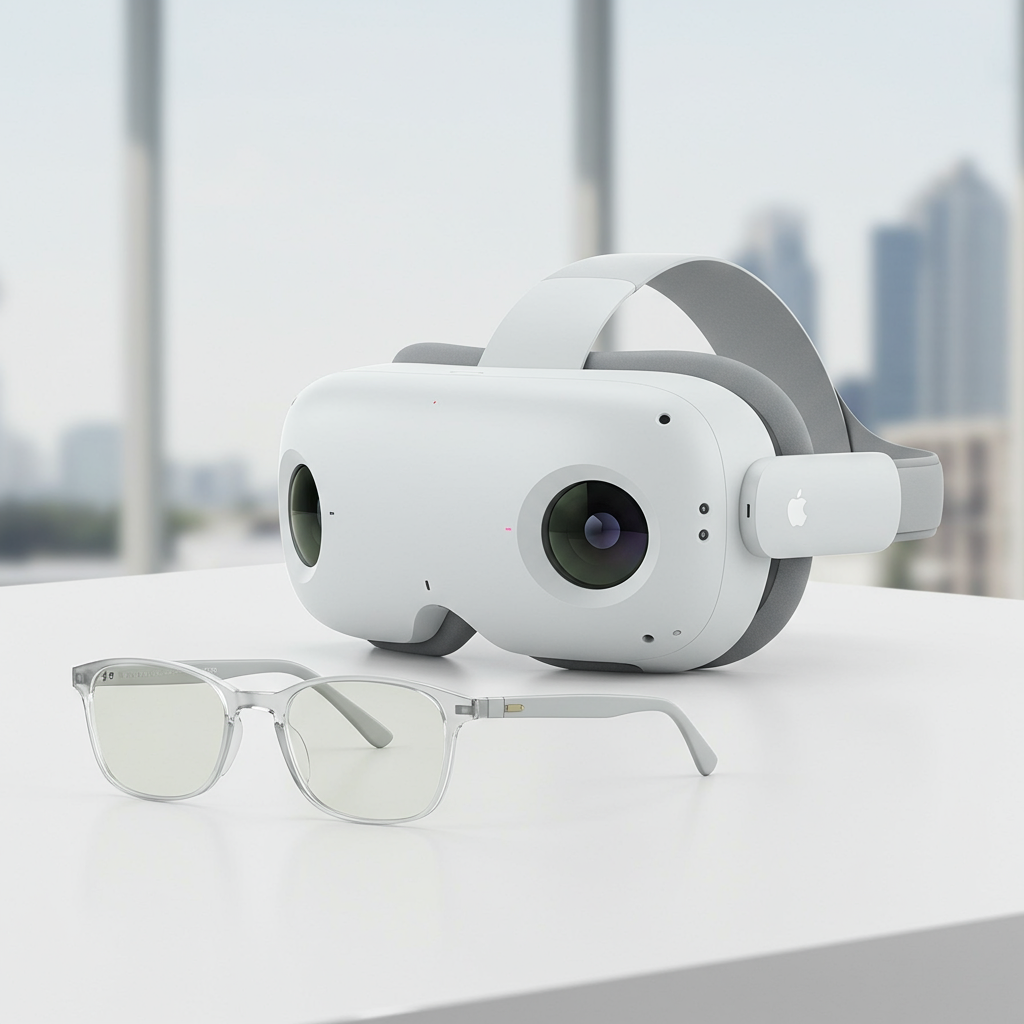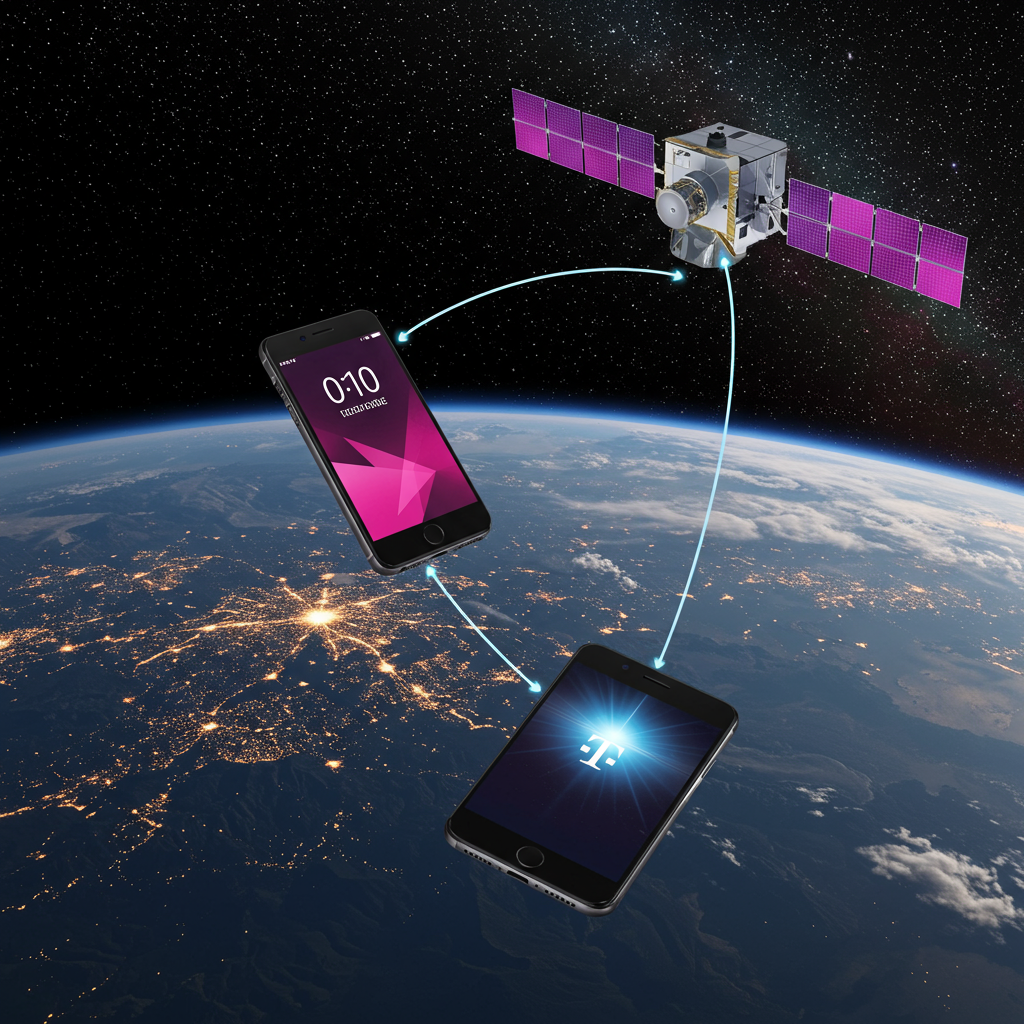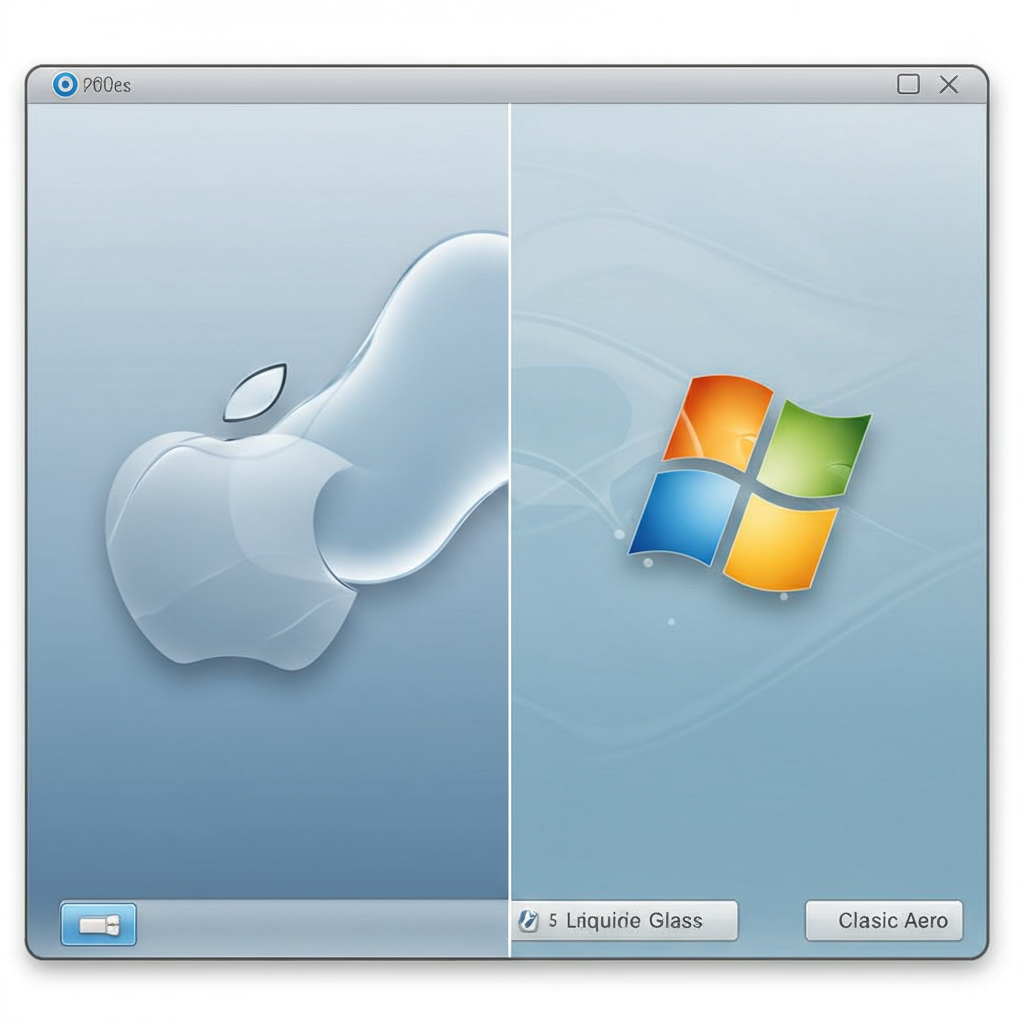apple‘s entry into the spatial computing market with the vision Pro arrived with groundbreaking technology but also a significant price tag and a design that many found heavy. Now, reports from prominent supply chain analysts and journalists paint a picture of Apple’s future headset and glasses roadmap, heavily focused on making the technology more accessible, lighter, and cheaper. While timelines and specifics vary between sources, a consistent theme emerges: Apple is working towards a more affordable, potentially “Air”-branded mixed reality headset, along with future generations of Vision Pro and entirely new product categories like smart glasses and true augmented reality glasses. This intricate web of rumors offers fascinating insights into Apple’s long-term strategy, but it’s crucial to remember that these are based on supply chain murmurs and analyst predictions, not official announcements.
The Near-Term: Vision Pro Evolution
According to veteran Apple supply chain analyst Ming-Chi Kuo, Apple’s immediate plan for the Vision Pro involves a refresh rather than a complete overhaul. Kuo claims mass production for an updated Vision Pro model is slated for the second half of 2025. The key upgrade in this version is reportedly a new M5 chipset, succeeding the M2 chip used in the current headset.
Kuo suggests that, aside from the chip, most other specifications for this 2025 model will remain largely unchanged. This aligns with some earlier reports. However, Bloomberg’s Mark Gurman has also reported on an M5 Vision Pro but hints Apple is pursuing more than just a chip swap, potentially aiming for a lighter design and a lower price point even on this refreshed model. The move to an M5 chip, which hasn’t been announced but is expected to build on the significant performance gains seen from M2 to M4, could deliver a substantial performance boost to the spatial computing experience.
The Affordable Push: Is ‘Vision Air’ Landing Sooner?
One of the most anticipated developments is a more affordable Apple headset. The “Pro” branding of the initial Vision Pro strongly suggested a non-Pro, cheaper variant would follow. While Kuo’s latest report targets mass production for a headset he calls “Apple Vision Air” in the second half of 2027, other analysts, including Mark Gurman and leaker Kosutami, have presented an alternative, potentially earlier timeline.
Reports citing Gurman suggest Apple may be accelerating plans for a lighter, cheaper headset, potentially due to the Vision Pro’s slower-than-expected initial sales at its $3,499 price point. These reports indicate a possible launch as early as late 2025 or the first half of 2026. The name “Vision Air” has been associated with this potential earlier, lighter model by some sources.
How Apple Could Achieve a Lighter, Cheaper Design
Achieving a significantly lower price and weight involves engineering compromises. Ming-Chi Kuo offers specific details on how his projected 2027 Vision Air might hit these targets. He claims it will be over 40% lighter than the current Vision Pro. This reduction, along with a “significantly lower price point,” would reportedly be achieved by using an A-series chipset (potentially the one destined for the iPhone 19 Pro) instead of an M-series chip, incorporating fewer sensors, and utilizing materials like plastic and magnesium rather than the Vision Pro’s premium glass and aluminum.
These details resonate with Gurman’s prior reporting on a cheaper model using an A-series chip and likely omitting the EyeSight lenticular display, which shows a rendered view of the user’s eyes to external observers. However, reports around the potential late 2025/early 2026 lighter model have also mentioned the use of titanium for internal structures to reduce weight while maintaining strength, suggesting differing potential approaches or perhaps distinct cheaper models being considered. The conflicting timelines (Kuo’s 2027 vs. others’ late 2025/early 2026) and reported materials highlight the uncertainty inherent in supply chain rumors.
Expanding the Wearable Ecosystem: Smart Glasses and Beyond
Apple’s ambitions reportedly extend beyond immersive headsets. Reports suggest Apple is also working on smart glasses designed to compete directly with products like the Ray-Ban Meta glasses. Mark Gurman has described these glasses as featuring cameras, microphones, and speakers for tasks like calls, music, translation, navigation, and AI interactions. These capabilities would reportedly be powered by a new, efficient Apple chip based on the S-series used in the Apple Watch.
Here again, the timeline is debated. Gurman initially pointed to a 2027 launch but more recently suggested Apple was “ramping up work” for a late 2026 shipment. Kuo’s latest report contradicts this, claiming mass production won’t begin until mid-2027. Kuo’s report includes supplier projections for 3-5 million units shipped in 2027, offering a glimpse into potential initial scale. This compares to Ray-Ban Meta glasses, which had sold 2 million units by February 2024 and are scaling production significantly.
The Long Game: True AR Glasses and Paused Projects
Looking further out, the “holy grail” for companies in this space is mass-market true AR glasses – thin, light eyewear worn throughout the day that seamlessly overlays virtual information onto the real world. Both Kuo and Gurman point to Apple targeting late 2028 for mass production of its first true AR glasses.
Kuo’s report specifies these glasses would use LCoS (LCD microdisplays) with waveguides, a technology seen in several existing AR devices. Gurman has also reported on a dedicated Apple team working on advanced microLED displays for AR glasses, considered an ideal technology for its efficiency and image quality, although mass production at high density remains a major industry challenge. Kuo hints at another, more distant true AR glasses project as well.
Separately, reports touched upon AR display glasses that would have required tethering to a Mac for processing. Gurman reported in January 2024 that this project had been canceled after poor executive reviews, citing issues with processing power and battery life even when attempting to tether to an iPhone initially. Kuo’s report also details these glasses, mentioning birdbath optics, but characterizes the project as “paused” and under review for refinement rather than outright canceled, suggesting it could potentially be revived.
Frequently Asked Questions
What specific features are rumored for the cheaper Apple Vision headset?
Based on Ming-Chi Kuo’s report on the potential 2027 “Vision Air,” the cost and weight savings (reportedly over 40% lighter) could come from using an A-series chip found in iPhones, fewer sensors compared to the Vision Pro, and materials like plastic and magnesium instead of premium glass and aluminum. Earlier reports from Mark Gurman also suggested a cheaper model might lack the EyeSight external display feature.
When is the earliest a more affordable Apple Vision headset might launch?
Reports present conflicting timelines. Ming-Chi Kuo’s analysis points to mass production for a dedicated “Apple Vision Air” model beginning in the second half of 2027. However, other sources, including reports citing Mark Gurman, suggest Apple might launch a lighter and cheaper version of the headset much sooner, potentially as early as late 2025 or the first half of 2026, possibly influenced by the sales performance of the initial Vision Pro.
Are these reports about Apple’s future headsets and glasses confirmed?
No, the details presented in these reports are based on analysis from supply chain sources like Ming-Chi Kuo and journalistic reporting from figures like Mark Gurman. While these analysts often have access to information regarding Apple’s production plans, timelines and specifications can change. The reports themselves contain contradictions, highlighting that these should be viewed as informed predictions and indications of Apple’s general direction rather than official product announcements or guaranteed launch plans.
Navigating the Rumor Mill
Piecing together the various analyst reports reveals a complex, sometimes contradictory picture of Apple’s future in spatial computing and wearable technology. While the exact timing and specifications of products like the Vision Air, Smart Glasses, and True AR Glasses remain subject to change and speculation, the overall direction seems clear: Apple is committed to the space and is working aggressively to make its hardware lighter, cheaper, and more diverse to reach a wider audience. The journey from the premium Vision Pro to a full lineup of headsets and glasses is likely to unfold over the next few years, marked by innovation, strategic decisions, and the perennial challenge of balancing cost, performance, and user experience. Keeping an eye on supply chain movements and official Apple announcements will be key to tracking how this ambitious roadmap takes shape.
Word Count Check: 1185




